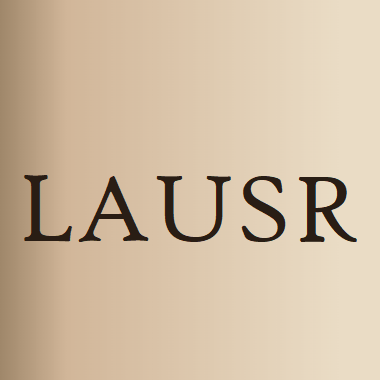
BACKGROUND Type IIIb dysplasia is a subtype of focal cortical dysplasia associated with a tumor, most frequently with gangliogliomas then with dysembryoplastic neuroepithelial tumors (DNETs). Their preoperative diagnosis often remains… Click to show full abstract
BACKGROUND Type IIIb dysplasia is a subtype of focal cortical dysplasia associated with a tumor, most frequently with gangliogliomas then with dysembryoplastic neuroepithelial tumors (DNETs). Their preoperative diagnosis often remains equivocal since specific features are missing. The functional results (i.e. seizure free) is good with 81 to 87% of Engel Ia at 5-year follow-up. CASE DESCRIPTION A 4-year-old boy presented with a one-year history of severe, invalidating, drug-resistant epilepsy. Imaging work-up demonstrated a huge left limbic lesion of which diagnosis remained speculative. Because of worsening neurological status, resective surgery was recommended after multidisciplinary discussion. The resection was performed through left transtemporal approach under neuronavigation (C.R.). Post-operative MRI assessed uncomplicated near-total resection. Histopathological analysis showed combined features of a DNET of non-specific type and a focal cortical dysplasia. CONCLUSION We describe a rare condition of type IIIb dysplasia combining a focal cortical dysplasia with a DNET. Pre-operative diagnosis of such lesion is utmost difficult, thereby rendering mandatory a thorough histopathological examination of resected specimens in the vast majority of cases. Increased recognition of the condition arises the hypothesis of a genetic continuum or linkage between the two conditions. Functional results on seizure activity after ablative surgery are good and maximal safe resection should be the goal.
Journal Title: World neurosurgery
Year Published: 2019
Link to full text (if available)
Share on Social Media: Sign Up to like & get
recommendations!